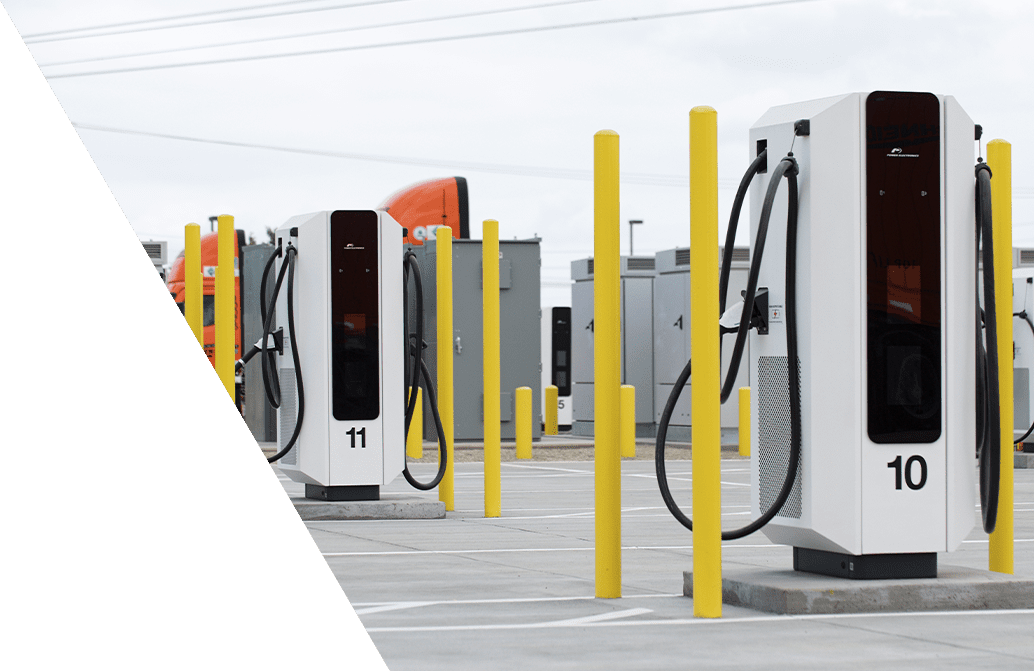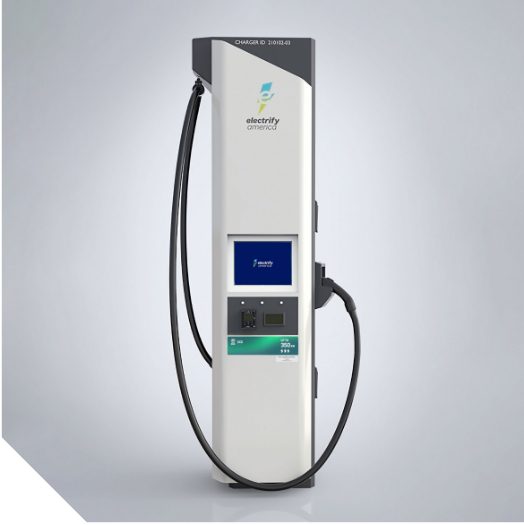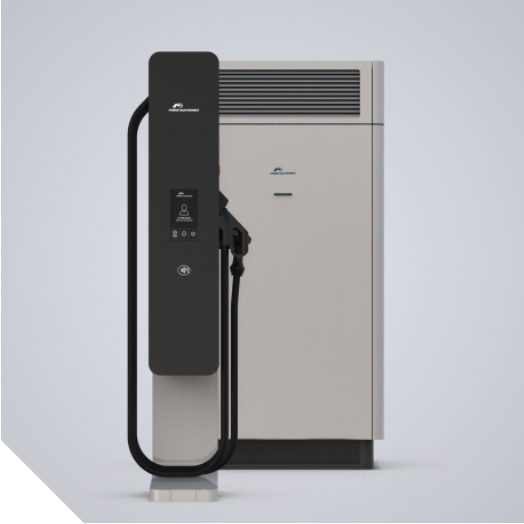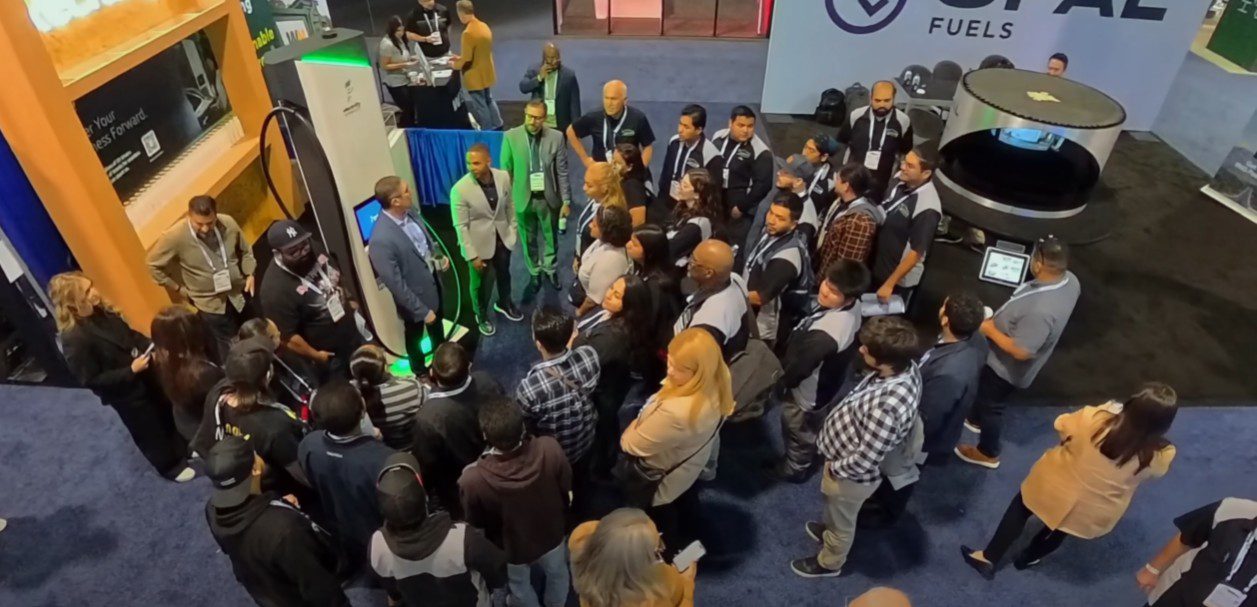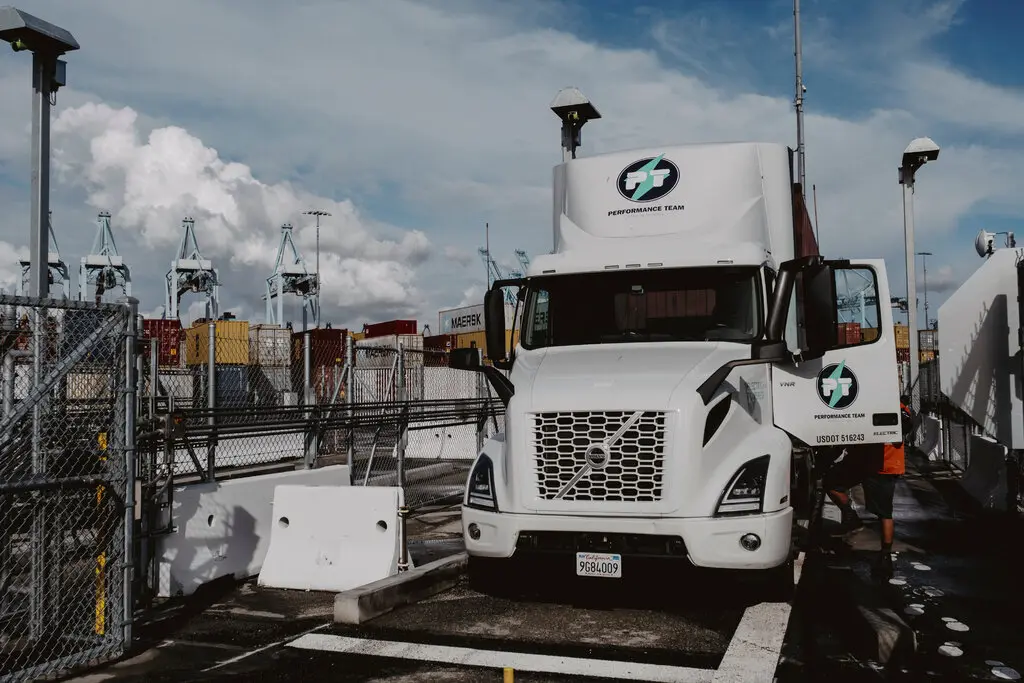Charging Infrastructure
Introduction
Reliable and cost-effective charging infrastructure is essential for smooth operation of a battery-electric truck (BET) fleet. Continued technological improvements and an increasing number of heavy-duty truck charging infrastructure have helped electric vehicle supply equipment (EVSE) manufacturers and EVSE service providers refine their products and services to serve the industry more effectively. However, the heavy-duty truck charging industry is still emerging, and funding, planning, construction, and utility grid capacity can pose challenges to deploying EVSE at scale.
